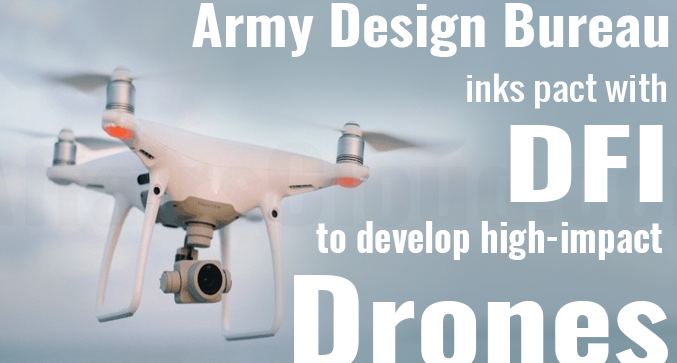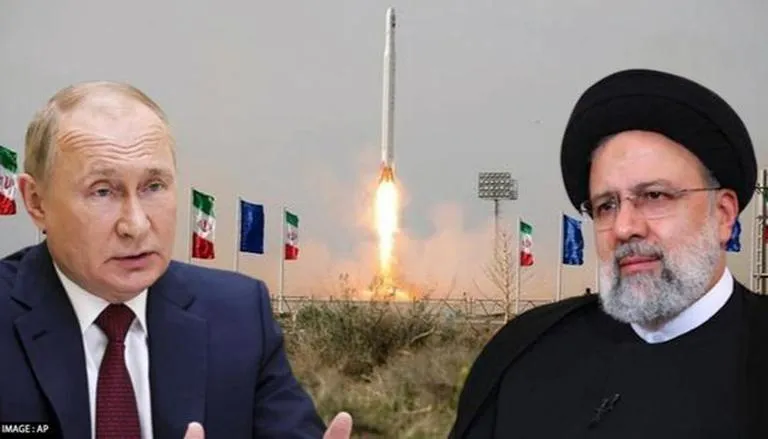Indo-Israel Center of Excellence for Vegetables (GS Paper 3, Economy)

Why in news?
- Recently, the Union Minister of Agriculture and Farmers Welfare, laid the foundation stone of the Indo-Israel Center of Excellence for Vegetables in Chandauli (Uttar Pradesh) through video conferencing.
Significance:
- The Indo-Israel Center of Excellence for Vegetables will play an important role in the development of Chandauli district as well as Purvanchal region.
- Here seeds and plants of improved vegetables will be cultivated and distributed to the farmers. Farmers can also sponsor the development of plants for themselves.
- By using the latest methods of farming, farmers will be able to get better yield and also export vegetables. Nursery of other agricultural produce including vegetables will be prepared at this Center of excellence to promote the Agriculture sector globally.
Why Chandauli?
- The climate of Chandauli district, which is known as the rice bowl of UP, is suitable for setting up the Center of Excellence for Vegetables.
- There are 9 agro-climatic zones in the State which are favourable for the cultivation of various horticultural crops throughout the year.
- Seedling production of tomato, pepper, brinjal, chilli, cucumber, tomato, pepper, brinjal, chilli and exotic vegetables is proposed to be done in the hi-tech climate controlled greenhouse to be set up in the Center of Excellence for Vegetables, while cultivation of cucumber, cauliflowers, baby corn, sweet corn and exotic vegetables is proposed in the open field.
Micro-irrigation:
- Along with micro-irrigation in the open, a trial demonstration of farming with fertigation and chemigation systems will be done.
- There will also be a demonstration of installation of seepage, sprinkler irrigation and other plastic culture applications.
About Centers of Excellence (CoEs):
- The technology for the Center is provided by Israeli experts under the India-Israel Action Plan (IIAP) with funds for building infrastructure for demonstration purposes from MIDH.
- Centers of Excellence (CoEs) are being set up in the States based on Israeli technologies.
- These Centers of Excellence act as demonstration and training centers for the latest technologies in the field of Horticulture. They also serve as a source of planting material for fruits and vegetables in protected cultivation.
Ex Vajra Prahar 2022
(GS Paper 3, Defence)
Why in news?
- Recently, the 13th Edition of the Indo-US Joint Special Forces exercise “Ex Vajra Prahar 2022” commenced at the Special Forces Training School (SFTS), Bakloh (HP).

Participants:
- The US contingent is represented by personnel from the 1st Special Forces Group (SFG) and Special Tactics Squadron (STS) of US Special Forces and the Indian Army contingent is formed by drawing Special Forces personnel under the aegis of SFTS.
Key Highlights:
- The Vajra Prahar series of joint exercise aims to share best practices and experiences in areas such as joint mission planning and operational tactics as also to improve inter-operability between the Special Forces of both the Nations.
- During the course of next 21 days, teams of both armies would jointly train, plan and execute a series of Special Operations, Counter Terrorist Operations, Air Borne operations in simulated conventional and unconventional scenarios in mountainous terrain.
Background:
- This annual exercise is hosted alternatively between India and the United States.
- The 12th edition was conducted at Joint Base Lewis Mcchord, Washington (USA) in October 2021.
Way Forward:
- This joint exercise is a significant step in strengthening the traditional bond of friendship between the special forces of both Nations as well as improve bilateral defence cooperation between India and the USA.
Him Drone-a-thon’
(GS Paper 3, Science and Tech)
Why in news?
- Recently, the Indian Army in collaboration with the Drone Federation of India has launched the ‘Him Drone-a-thon’ programme.
- This initiative in line with Atmanirbharta in defence manufacturing is aimed to catalyse and provide focused opportunities to the Indian drone ecosystem to develop path-breaking drone capabilities for meeting requirements of frontline troops.

What is ‘Him Drone-a-thon’ programme?
- The ‘Him Drone-a-thon’ programme is pan India sustained connect between all stake holders including industry, academia, software developers and drone product manufacturers.
- It will be conducted in stages with quantifiable parameters (like altitude, weight, range, endurance etc) being progressively enhanced based on demonstrated capabilities.
- Broad activities planned include interactions & ideation between users, development agencies, academia etc, seeking of industry responses, visits by development agencies to operational locations to understand the ground perspective & requirements, handholding of development agencies for internal development & on-ground trials and actual conduct & evaluation of drone products.
As a start point, development in the following categories are included:-
- Logistics/ Load carrying Drone in High Altitude Areas.
- Autonomous Surveillance/ Search & Rescue Drone.
- Micro/ Nano Drones for Fighting in Built Up Areas.
Way Forward:
- The Indian Army’s support to the indigenous drone ecosystem is based on the principle that ‘good available indigenously’ is better than the ‘best available globally’.
- However, gradual enhancement in technology demanded by defence forces is likely to incentivise manufacture of better and more capable drone products.
Energy Conservation (Amendment) Bill, 2022
(GS Paper 2, Governance)
Why in news?
- Recently, a bill seeking to mandate the use of non-fossil energy sources such as biomass, ethanol and green hydrogen was passed by the Lok Sabha.
- Piloting the Energy Conservation (Amendment) Bill, 2022, Power Minister R K Singh said this is the bill for the future and urged the members to approve it.

Objects and Reasons of the Bill:
- With the passage of time, and in the context of the energy transition with special focus on the promotion of new and renewable energy and National Green Hydrogen Mission, a need has arisen to further amend the said Act to facilitate the achievement of 'Panchamrit' as five nectar elements presented by India in Conference of Parties -26 in Glasgow last year.
Key Highlights:
- The Bill provides for penalties for violations by industrial units or vessels, and on manufacturers if a vehicle fails to comply with fuel consumption norms.
- The amendments also seek to promote renewable energy and the development of a domestic carbon market to battle climate change.
- It also seeks to introduce new concepts such as carbon trading and mandate the use of non-fossil sources to ensure faster decarbonisation of the Indian economy and help achieve sustainable development goals in line with the Paris Agreement.
Way Forward:
- The bill was later passed by the House after rejecting amendments moved by some Opposition members.
Russia launches Iranian satellite ‘Khayyam’
(GS Paper 2, International Relation)
Why in news?
- Recently, a Russian rocket carrying an Iranian satellite successfully launched into space as Russia and Iran seek to build closer ties in the face of Western sanctions.

Details:
- The remote sensing satellite, called ‘Khayyam’ was launched by a Russian Soyuz rocket from the Baikonur Cosmodrome, located in southern Kazakhstan.
Claims by U.S.
- U.S. officials are concerned by the fledgling space cooperation between Russia and Iran, fearing the satellite will not only help Russia in Ukraine but also provide Iran "unprecedented capabilities" to monitor potential military targets in Israel and the wider middle east.
- Iran has rejected claims the satellite could be used by Russia to boost its intelligence capabilities in Ukraine, saying Iran will have full control and operation over it "from day one."
Key Highlights:
- Iranian satellite called Khayyam is named after Omar Khayyam, a Persian scientist who lived in the 11th and 12th centuries.
- Iran has said the satellite fitted with high-resolution camera will be used for environmental monitoring and will remain fully under its control.
- The satellite is designed for scientific research including radiation and environmental monitoring for agricultural purposes.
Background:
- Russia has sought to deepen its ties with Iran since Feb. 24, when the Kremlin ordered tens of thousands of troops into Ukraine.
- In July, President Vladimir Putin visited Iran in his first international trip outside the former Soviet Union since the start of Russia's military campaign in Ukraine.






